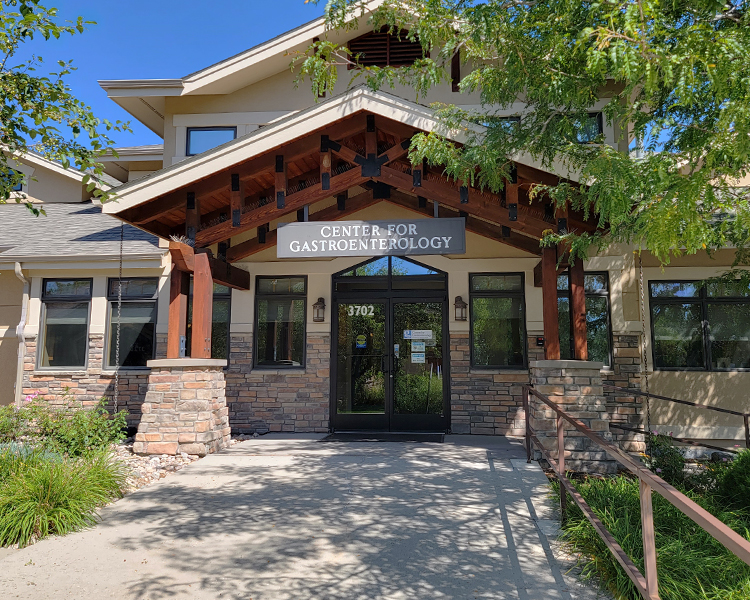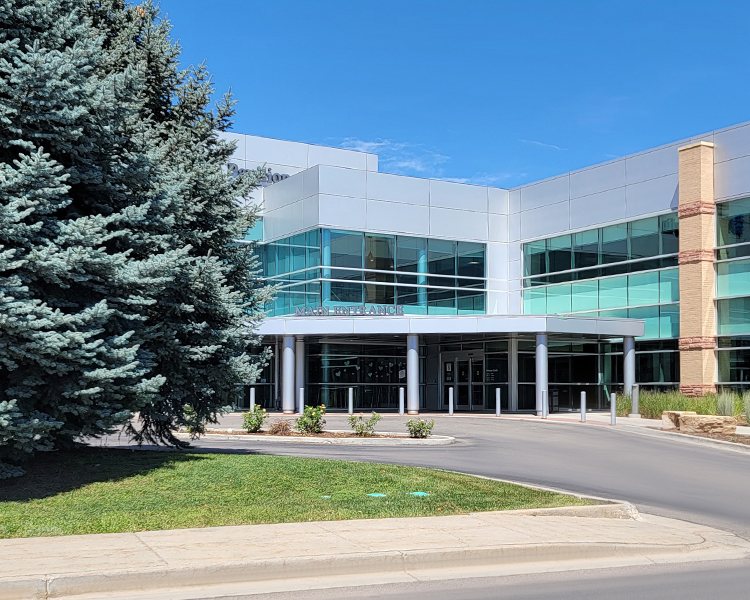Quick Links
Many conditions that cause patients pain or discomfort are rooted in issues with internal organs that may be difficult to examine with more traditional diagnostic procedures. However, advancing technology has given us new and improved ways to notice and treat abnormalities. Endoscopic Ultrasonography, or EUS, is used to produce high-quality images of the digestive tract as well as the organs that surround it, including the liver, gallbladder, lungs, and lymph nodes. This minimally invasive procedure is designed to diagnose conditions involving these internal organs, allowing a member of our expert team to work with you in determining a plan of treatment.
What is Endoscopic Ultrasonography (EUS)?
EUS makes use of a very thin, flexible tube-like structure–also known as an endoscope–as well as an ultrasound, or a device designed to produce sound waves in order to receive detailed images. In some cases, the endoscope may also include a tiny needle that can be utilized to procure tissue samples from the area being examined (EUS-guided fine-needle biopsy). This device may be used, in addition, to inject a drug or drain excess fluid from the site of a lesion.
An EUS tube may be inserted in the throat or through the anus, depending on the area that needs to be analyzed. Organs like the stomach and the small intestine can be examined with the endoscope being inserted through the throat, while the colon, rectum, and lymph nodes can be examined with the endoscope being inserted through the anus.
There are several reasons that a member of our team may suggest that an EUS be performed. It can assess several abnormalities, including damaged tissues, lesions, and cysts. It can also be an effective diagnostic tool for cancer. It is a generally safe, minimally invasive process that can help determine what issue might be causing discomfort.
Endoscopic Ultrasonography (EUS) Procedure
EUS is a procedure that is regularly performed by our expert team. Our team members are specially trained to administer this diagnostic test efficiently and effectively. Before the procedure takes place, a team member will discuss your medical history, as well as what you can expect from the procedure.
Before the procedure begins, you will need to refrain from consuming food or liquids for several hours to ensure the most accurate, high-quality results. Depending on where the endoscope is being inserted, you may be instructed to take a laxative or a solution to clean the colon.
Anesthesia is commonly administered for this procedure, so you will typically be unconscious during the process. The endoscope will be inserted either through the anus or through the throat. The ultrasound transducer attached to the endoscope will produce images that will be analyzed by your physician. The procedure can typically be completed within an hour.

Endoscopic Ultrasonography (EUS) Recovery and Aftercare
If you were administered anesthesia for your EUS procedure, you should arrange for someone to drive you home. Normal activity may typically be resumed shortly after the procedure has finished. Patients should be able to return home on the day of the procedure.
Patients may experience discomfort or soreness in the throat after the procedure, which can typically be treated using lozenges. The images or removed tissue will be analyzed, and the results will be discussed with you in order to design a treatment plan.
What does an endoscopy do?
What does an endoscopy do? At the Centers for Gastroenterology, there’s a lot of terminology thrown around that you may not be familiar with…
Continue ReadingContact Us Today to Schedule Your Endoscopic Ultrasonography
If you’re concerned about symptoms you or a loved one may be experiencing, Centers for Gastroenterology would love to work with you to develop a plan of treatment. Contact us today to schedule an appointment for a consultation with one of our experienced physicians.








